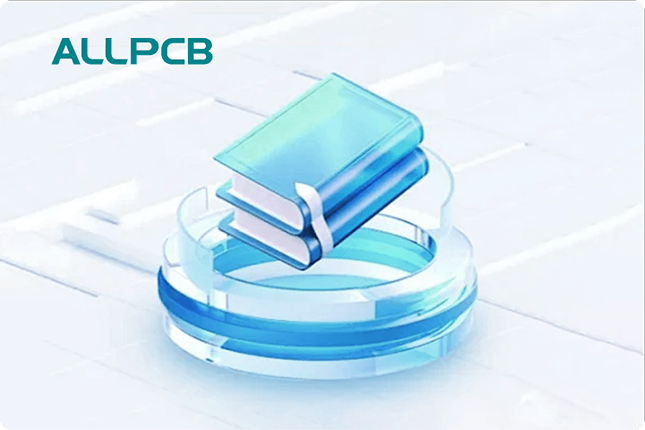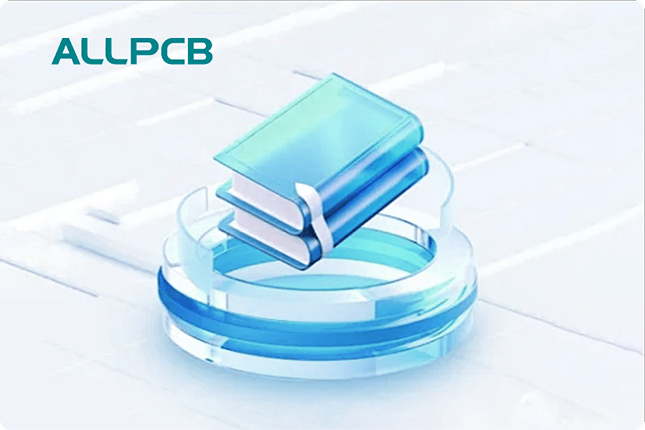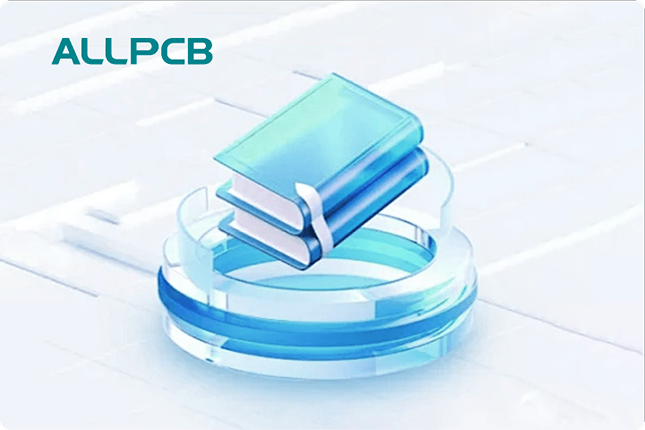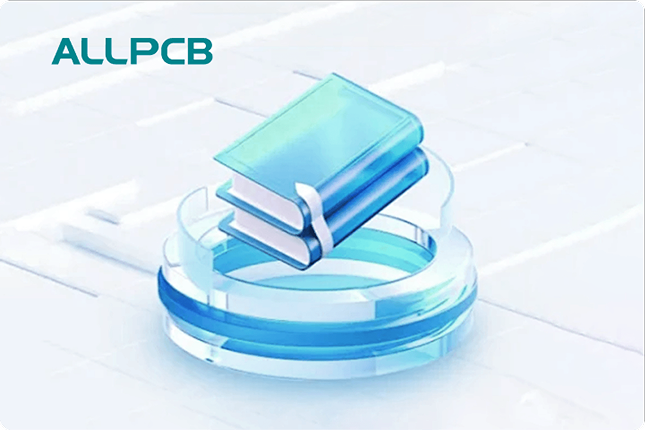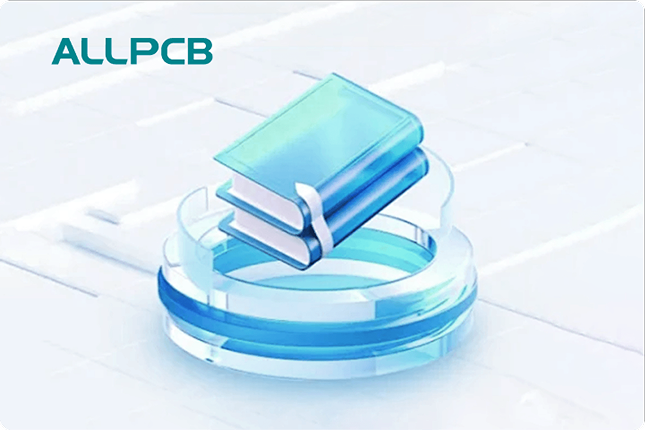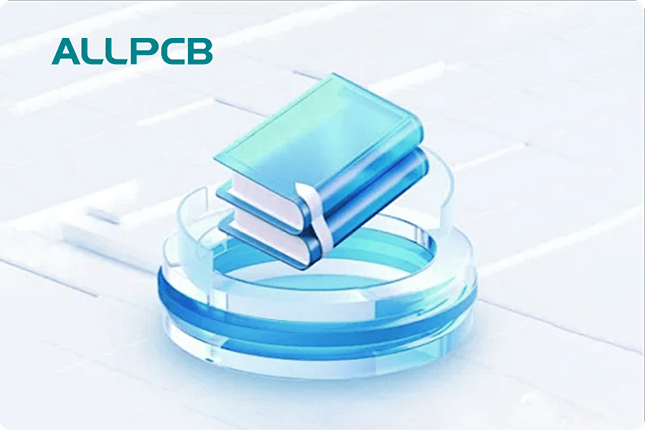Choosing the right supplier for ENEPIG (Electroless Nickel Electroless Palladium Immersion Gold) PCB finish is critical for ensuring high-quality printed circuit boards (PCBs) that meet your project’s reliability and performance needs. To select a reliable ENEPIG supplier, focus on their expertise in PCB finish technology, quality control processes, equipment capabilities, industry certifications, and customer support. In this comprehensive guide, we provide a detailed checklist to help you evaluate potential suppliers and make an informed decision for your PCB projects.
Whether you’re an engineer, procurement specialist, or project manager, this blog will walk you through every step of selecting a supplier for ENEPIG PCB finish. Let’s dive into the key factors that ensure quality, reliability, and long-term success for your electronic products.
What is ENEPIG and Why Does It Matter for PCB Finish?
ENEPIG is a surface finish technology used on PCBs to protect copper traces from corrosion and ensure strong solderability. It consists of three layers: electroless nickel as the base, a thin layer of electroless palladium in the middle, and a top layer of immersion gold. This combination offers excellent resistance to oxidation, superior wire bonding capabilities, and compatibility with both lead-free soldering and gold wire bonding, making it ideal for high-end applications like aerospace, medical devices, and telecommunications.
The quality of the ENEPIG finish directly impacts the performance and lifespan of your PCB. A poorly applied finish can lead to issues like weak solder joints, corrosion, or even complete board failure. That’s why partnering with a skilled and reliable ENEPIG supplier is essential for achieving consistent quality in PCB manufacturing.
Why Choosing the Right ENEPIG Supplier is Crucial
The supplier you choose for your ENEPIG PCB finish plays a significant role in the overall success of your project. A dependable supplier ensures that the finish meets strict industry standards, adheres to precise thickness specifications (typically 3-6 microinches of gold, 2-8 microinches of palladium, and 120-240 microinches of nickel), and performs reliably under various environmental conditions. On the other hand, an inexperienced or low-quality supplier might cut corners, leading to defects like uneven coating, black pad syndrome, or insufficient adhesion, which can compromise your PCB’s functionality.
By following a structured checklist, you can evaluate potential suppliers based on their capabilities, certifications, and commitment to quality. This approach minimizes risks and ensures that your PCBs meet the demanding requirements of modern electronics.
A Comprehensive Checklist for Selecting an ENEPIG Supplier
Below is a detailed checklist designed to help you assess and select a supplier for ENEPIG PCB finish. Each point focuses on critical aspects like quality control, equipment capabilities, and reliability to ensure you partner with a provider that meets your needs.
1. Evaluate Expertise in ENEPIG PCB Finish Technology
The first step in selecting a supplier is to verify their experience and expertise in ENEPIG application. Look for a provider with a proven track record of delivering high-quality PCB finishes for industries with strict standards. A supplier with years of experience will understand the nuances of controlling layer thickness, avoiding defects like nickel corrosion, and ensuring uniform deposition across the board.
Check their portfolio or case studies to see if they’ve worked on projects similar to yours. For instance, if your PCBs are for high-frequency applications, ensure the supplier has experience maintaining signal integrity with ENEPIG finishes, which can support signal speeds up to 10 GHz or higher in some designs.
2. Assess Quality Control Processes for Quality PCB Results
Quality control is non-negotiable when it comes to PCB finishes. A reliable ENEPIG supplier should have robust quality assurance processes in place to monitor every stage of the finishing process. This includes testing for layer adhesion, thickness uniformity, and resistance to environmental stressors like humidity and temperature fluctuations.
Look for suppliers that perform specific tests, such as X-ray fluorescence (XRF) for measuring layer thickness or cross-sectional analysis to detect internal defects. A commitment to quality PCB production often means fewer defects and higher reliability in the final product.
3. Check Equipment Capabilities for ENEPIG Application
The quality of the ENEPIG finish heavily depends on the equipment used during the deposition process. Modern equipment for ENEPIG should support precise control over chemical baths, temperature, and immersion times to achieve consistent results. Outdated or poorly maintained equipment can lead to uneven coatings or contamination, which compromise the PCB’s performance.
When evaluating a supplier, inquire about the type of equipment they use for ENEPIG application. Do they have automated systems for electroless plating to minimize human error? Are their facilities equipped to handle high-volume production without sacrificing precision? Choosing a supplier with advanced equipment for ENEPIG ensures better outcomes for your boards.
4. Verify Industry Certifications for ENEPIG Processes
Certifications are a strong indicator of a supplier’s commitment to quality and reliability. When selecting an ENEPIG supplier, prioritize those with recognized industry certifications such as ISO 9001 for quality management systems, ISO 14001 for environmental responsibility, and IPC standards compliance for PCB manufacturing processes.
Certifications specific to ENEPIG processes, like adherence to IPC-4556 standards for ENEPIG finishes, demonstrate that the supplier follows best practices for layer thickness, solderability, and durability. Working with a certified supplier reduces the risk of non-compliance with industry regulations and ensures consistent quality in your PCB finish.
5. Investigate Material Sourcing and Supply Chain Reliability
The raw materials used in the ENEPIG process, such as high-purity nickel, palladium, and gold solutions, directly affect the finish quality. A reliable ENEPIG supplier should have a transparent and stable supply chain to source these materials consistently. Fluctuations in material quality can lead to variations in the finish, impacting solder joint reliability and overall PCB performance.
Ensure the supplier has established relationships with trusted material providers and contingency plans to handle supply chain disruptions. This reliability in sourcing translates to consistent quality for your PCBs, even during high-demand periods.
6. Review Turnaround Times and Production Capacity
Timely delivery is crucial for keeping your project on schedule. Evaluate the supplier’s production capacity and turnaround times for ENEPIG PCB finish services. Can they handle your order volume, whether it’s a small prototype batch or a large-scale production run? Do they offer expedited services for urgent projects?
A supplier with flexible production capabilities and clear communication about lead times (e.g., 5-7 days for standard orders or 2-3 days for rush orders) helps you plan your project timeline effectively without delays.
7. Look for Reliable Customer Support and Technical Assistance
A reliable ENEPIG supplier doesn’t just provide a service—they act as a partner in your project’s success. Strong customer support is essential for addressing concerns, resolving issues, and providing technical guidance. Whether you need help with design specifications or troubleshooting a finish defect, the supplier should have a responsive team ready to assist.
Opt for a supplier that offers dedicated support channels, such as direct contact with engineers or account managers. Their willingness to collaborate and provide tailored solutions can make a significant difference in achieving optimal results for your PCBs.
8. Compare Pricing Without Compromising on Quality
While cost is an important factor, it shouldn’t be the sole deciding factor when choosing an ENEPIG supplier. Extremely low prices often indicate shortcuts in quality control, outdated equipment, or inferior materials, which can lead to costly rework or product failures down the line.
Instead, aim for a balance between affordability and quality. Request detailed quotes from multiple suppliers and compare their offerings based on the checklist points above. A slightly higher upfront cost for a reliable ENEPIG supplier can save you from significant expenses due to defects or delays.
9. Request Samples or Conduct Small Test Runs
Before committing to a long-term partnership, request samples of the supplier’s ENEPIG-finished PCBs or conduct a small test run. This allows you to physically inspect the finish for uniformity, adhesion, and solderability under real-world conditions. For instance, test the boards for thermal cycling performance (e.g., -40°C to 125°C) to ensure the finish withstands stress without cracking or delaminating.
Evaluating samples gives you confidence in the supplier’s ability to deliver consistent quality for larger orders and helps identify potential issues early in the process.
10. Read Reviews and Seek Recommendations
Feedback from other clients provides valuable insights into a supplier’s reliability and performance. Look for testimonials or case studies on the supplier’s website to gauge their reputation. Additionally, reach out to peers in your industry for recommendations on trusted ENEPIG suppliers they’ve worked with successfully.
While online reviews can be helpful, focus on feedback that specifically mentions the supplier’s expertise in PCB finish quality, adherence to deadlines, and responsiveness to client needs.
Benefits of Partnering with a Reliable ENEPIG Supplier
Selecting the right supplier for your ENEPIG PCB finish brings numerous advantages to your project. A dependable partner ensures consistent quality, reducing the likelihood of defects and improving the overall reliability of your electronic products. With high-quality ENEPIG finishes, your PCBs can achieve better solder joint strength, withstand harsh environments, and support advanced applications with minimal signal loss.
Moreover, a reliable supplier saves you time and resources by delivering on schedule and providing technical expertise to optimize your designs. This collaboration fosters trust and long-term success, allowing you to focus on innovation rather than troubleshooting manufacturing issues.
Conclusion: Make an Informed Choice for Your PCB Finish Needs
Finding the right ENEPIG supplier for your PCB finish requires careful evaluation of their expertise, equipment, certifications, and commitment to quality. By following the checklist outlined in this guide, you can confidently select a partner that meets your project’s specific requirements and delivers reliable, high-performing PCBs.
Focus on suppliers with a strong track record in ENEPIG technology, advanced equipment capabilities, and industry-recognized certifications to ensure the best results. With the right supplier, you’ll achieve quality PCB finishes that enhance the durability and functionality of your electronic products, giving you a competitive edge in the market.
 ALLPCB
ALLPCB


